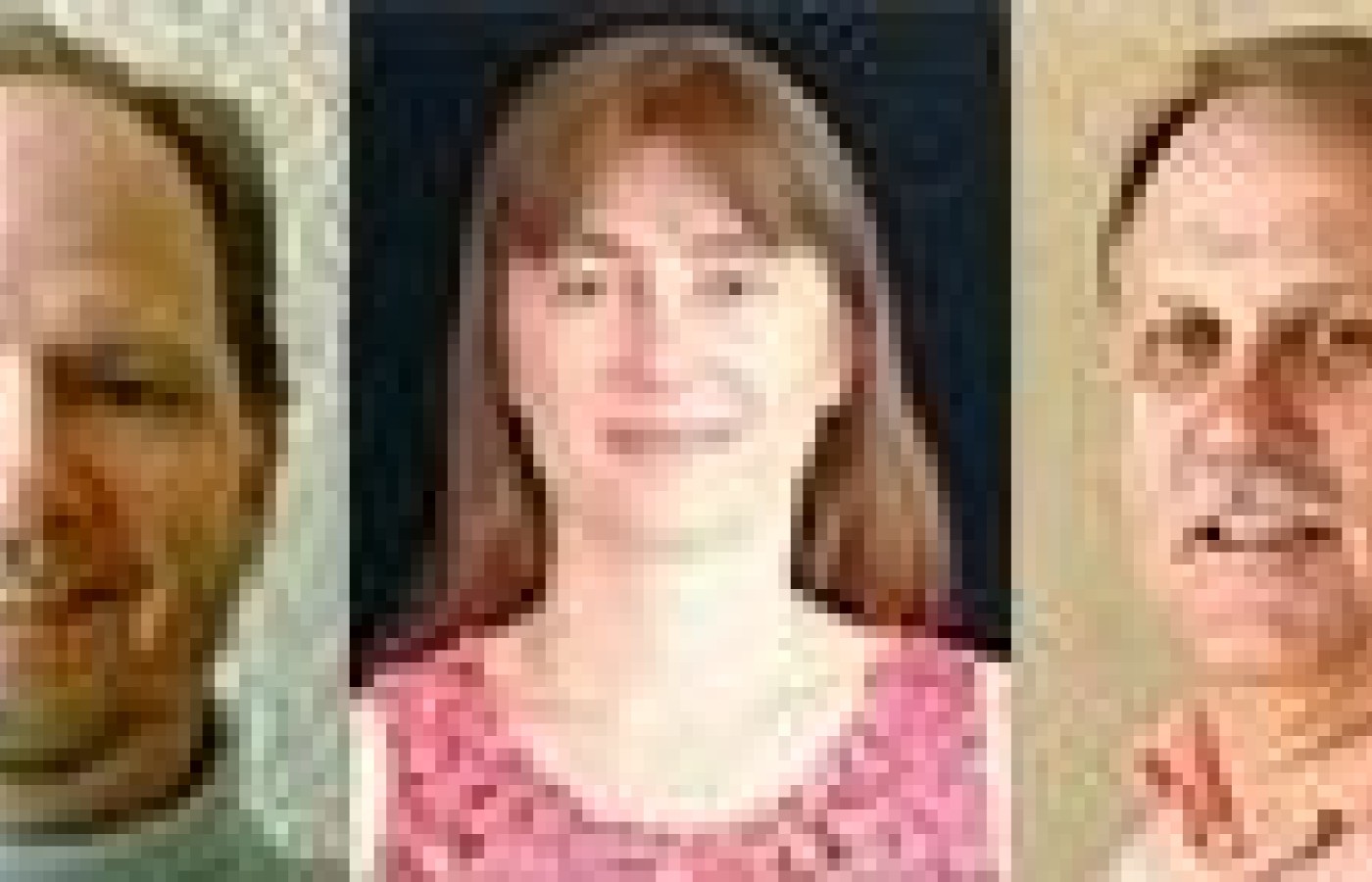Whether you accept it, avoid it or live somewhere in between, insurance coverage has become a defining issue for our profession. Patients increasingly expect to use their benefits, practitioners want to be compensated fairly for their time and expertise, and the system itself remains – at best – fragmented. The encouraging news is that coverage has expanded in meaningful ways. The challenging news is that reimbursement, across the board, remains inadequate.
UNM Explores Role of Acupuncture in Treating PTSD
Posttraumatic stress disorder (PTSD) is no stranger to health care literature, although it has gone by many names in the last 140 years. Clear documentation of the condition dates back to the American Civil War, when a nervous disorder known as Da Costa's Syndrome was recognized in some veterans. Fifty years later, physicians in Great Britain coined the term "shell shock" to describe the physical and mental effects suffered by soldiers who were subjected to or witnessed life-threatening experiences during World War I. Over time, the name of the condition has been enlarged (or in the opinions of some, dehumanized) - first to "battle fatigue," then "operational exhaustion," to its current moniker.

Since the middle of the 20th century, the clinical definition of PTSD has also been revised to include traumatic stress suffered not just during combat, but situations such as natural disasters, terrorist incidents, serious accidents and violent personal assaults. The National Center for Posttraumatic Stress Disorder estimates that at some point in their lives, one in every 13 Americans will experience some form of PTSD; roughly 30 percent of these individuals will go on to develop a chronic form of the disorder.
Today, PTSD is treated by a variety of psychological and pharmacological therapies. While some of these therapies appear promising, there is no definitive treatment and no cure for the condition. Patients diagnosed with PTSD can also suffer from related ailments such as depression, sleep abnormalities and relationship problems.
Researchers at the University of New Mexico are continuing work on a $250,000 two-year study of the effects of acupuncture in treating PTSD. The study, which began in May, was made possible with a grant from the National Institutes of Health. If successful, it could lay the path for larger trials that incorporate Eastern and Western approaches to treating the condition.
"This is the first study I'm aware of to look at acupuncture as a modality for PTSD," said Dr. Michael Hollifield, an associate professor of psychiatry and family medicine at the university's department of psychiatry and the study's principal investigator. "To date, our research supports using acupuncture for treating PTSD symptoms, including insomnia, anxiety and depression, in addition to some pain disorders. It may do so by stimulating the body's internal opiate system, though much more research on this issue is needed."
Aiding Dr. Hollifield in his research are Nityamo Sinclair-Lian, DOM, and Teddy Warner, PhD, who will serve as co-investigators. Drs. Hollifield and Sinclair-Lian collaborated previously on a study on the effects of trauma in Vietnamese and Kurdish refugees. Dr. Sinclair-Lian also runs a public health pain clinic for Vietnamese refugees, and provides acupuncture detoxification for substance users at a local outreach shelter for the homeless.
"We live in a very stressful society," Sinclair-Lian noted. "Some of the cases I have seen have been quite heartbreaking."
Under the parameters of the study, patients spend 12 weeks in the treatment program, and are randomized into three groups. One group acts as a waiting-list control and receives no treatment during the study (but will be treated with acupuncture at the end of the waiting period); the second receives standard cognitive behavior therapy; and the third is treated with acupuncture.
Acupuncture patients are seen twice per week during the treatment period. Each treatment session lasts an hour, and consists of needle insertion and manipulation (in some cases, up to 15 needles are used), along with seeds affixed to specific points on the ears.
The study hopes to achieve three objectives: First, to determine whether acupuncture is an acceptable form of care for people with PTSD; second, to see if it reduces symptoms as effectively as standard treatments; and third, to pinpoint diagnostic patterns for people with PTSD, based on Chinese medical precepts.
"Instead of having just a generic design, we are adding individual points based on the pattern diagnosis of the participant," Sinclair-Lian said. "Everyone doesn't fit the same pattern. This is actually closer to clinical practice than a normal research study."
To date, 17 patients have completed the program, with at least 29 more subjects enrolled at various stages. At this point, both Drs. Hollifield and Sinclair-Lian are blinded to the objective assessments. However, based on preliminary, subjective results, Dr. Sinclair-Lian said the acupuncture treatments appear to be working.
"My sense is it's going well," she said. "People are expressing satisfaction with the treatments, and some are amazed at how well they are feeling after suffering for several years with debilitating symptoms. A few patients have moved from unemployment to employment status, and from homelessness to finding a home during the course of their treatment."
Once the results of the current study are completed, Sinclair-Lian and Hollifield plan to pursue a future project that would incorporate acupuncture with cognitive behavioral therapy to provide optimal benefits for PTSD sufferers.
As we go to press, Hollifield's research team is still actively seeking people with PTSD to participate in the study to evaluate the effectiveness of acupuncture in treating the condition. If you would like more information, contact James Ruiz, researcher for the university's Trauma and Anxiety Research Group, at (505) 272-4911.



